Learning in the Making: Live! invites guest hosts of color on as equal and valued partners and collaborators, so that they can tell their stories and showcase the amazing things they are making and doing! This is because youth of color deserve to see engineers, scientists, mathematicians, artists, creators, and makers of color! In this series, we interview our guest hosts to learn a little bit more about them.
Maker Ed chats with Carolina Simon-Pardo, guest host on Learning in the Making: Observation Machines, filmmaker, and elementary school teacher at Prospect Sierra School in El Cerrito, CA.
Tell us a bit more about yourself…
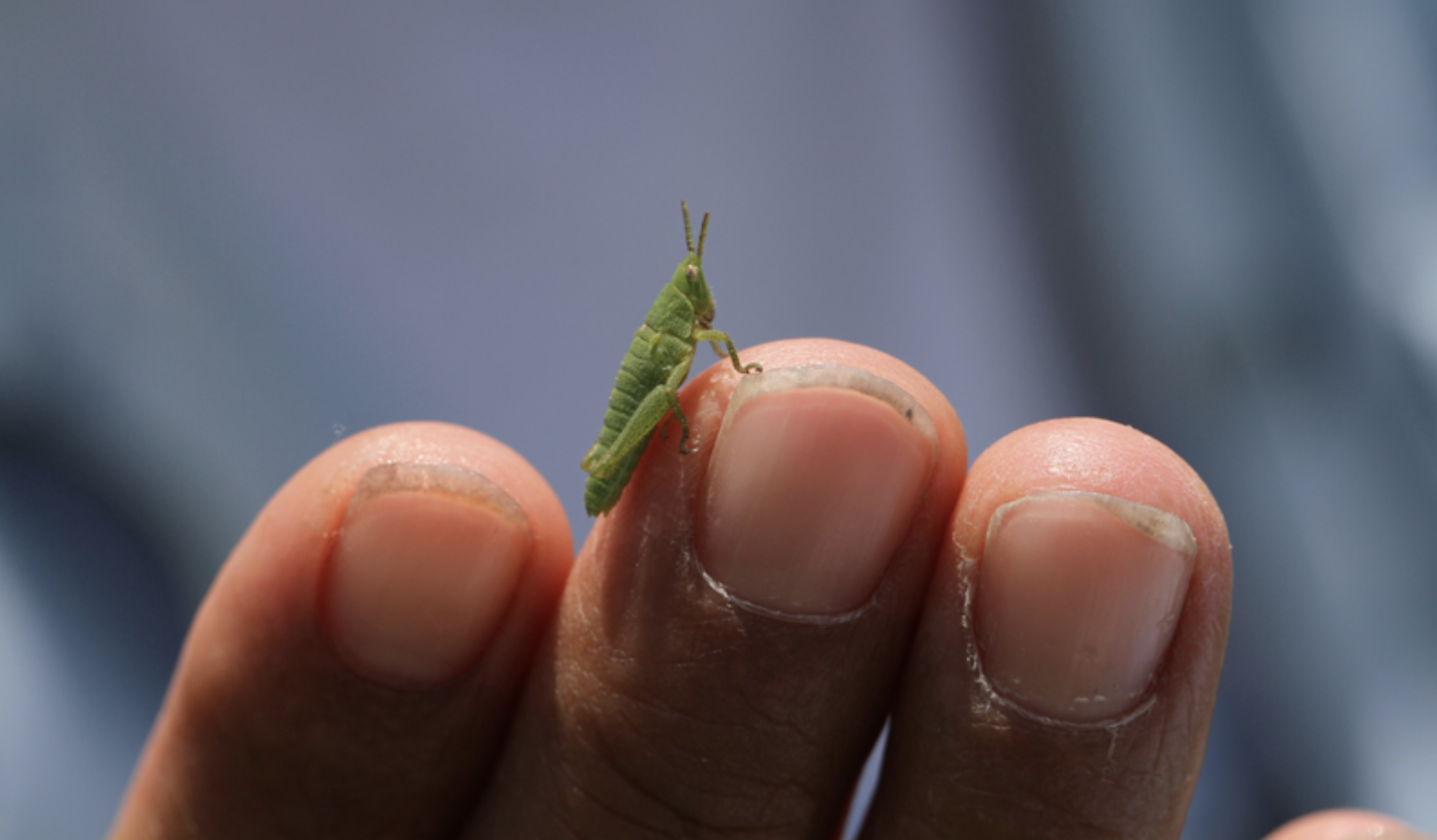 I want to share that I love nature deeply, and I feel at home when I am outdoors immersed in a forest, the jungle, the ocean, or a city park. I also love insects; they seem to me like giants among the tiny and microscopic life. When walking, I like to let my senses and my mind dive into anything that calls their attention. I try not to search for something specific, but to let myself be surprised by unexpected findings.
I want to share that I love nature deeply, and I feel at home when I am outdoors immersed in a forest, the jungle, the ocean, or a city park. I also love insects; they seem to me like giants among the tiny and microscopic life. When walking, I like to let my senses and my mind dive into anything that calls their attention. I try not to search for something specific, but to let myself be surprised by unexpected findings.
When I travel, I like to choose a destination, like a natural park, pack the essentials, but not planning with precision what I will do. I try my best to let my instincts guide me on the way, and help me to decide where to go next, instead of using Google Maps all the time, I try to search for signs or ask people. Of course I get lost, but I love to see what I discover when that happens and I am trying to find my own style to find ways.
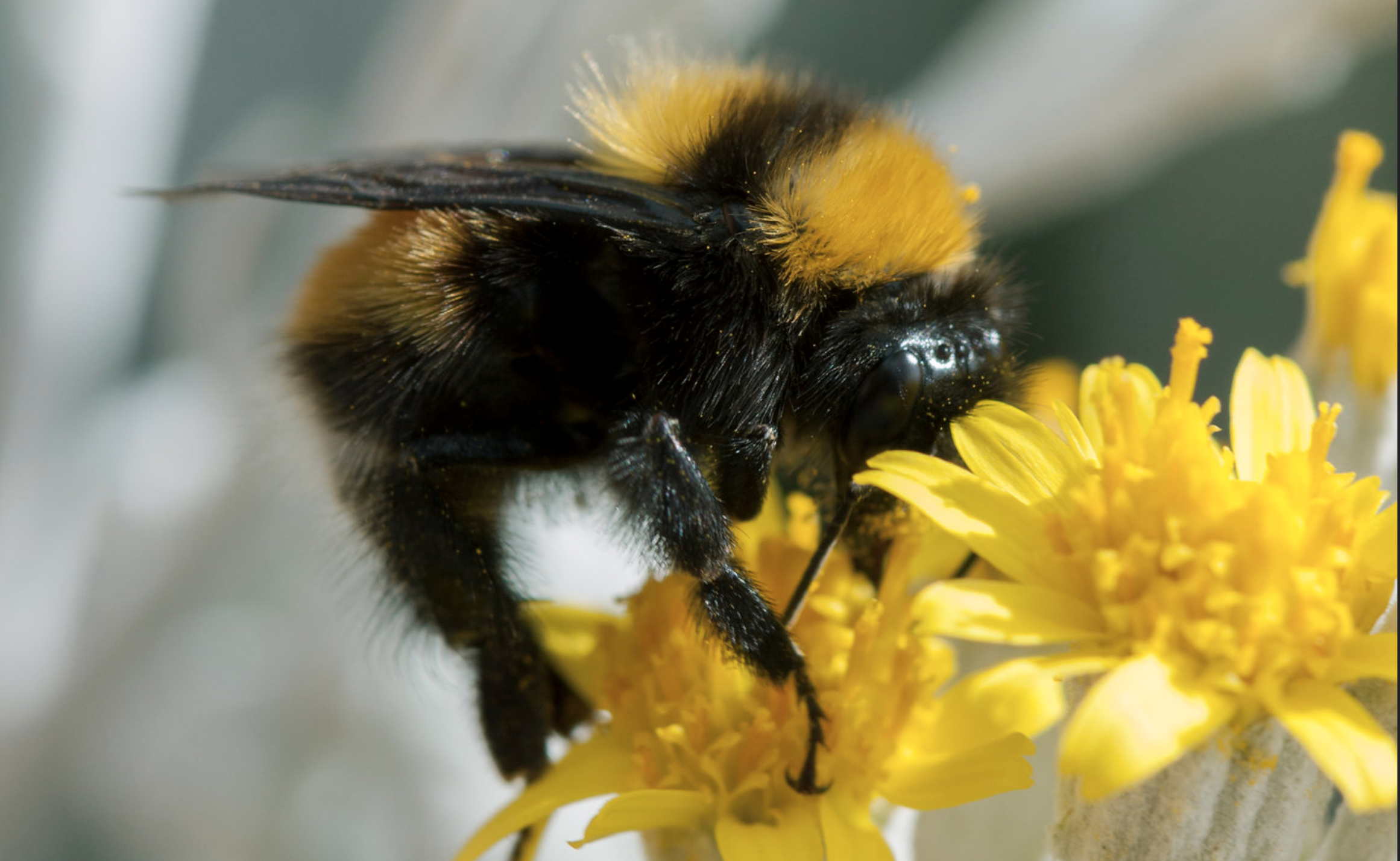 My love for nature and insects has taken me to explore indigenous cultures in the US, Mexico and the Amazon of my country, Colombia, where I have found people who are deeply connected with nature and know it very well. They are farmers, peasants, children, cooks, hunters, teachers, and biologists, who live and work with nature as a material to make. They make food, stories, crafts, houses, medicine, etc. I have learned from them that there are many ways to learn, and western science is only one more lens to understand nature, but it is not the only one. And beyond, I have learned that each of us has the right and the possibility for imagining and making sense of the world in our very own way, and I find that intellectual sovereignty very important.
My love for nature and insects has taken me to explore indigenous cultures in the US, Mexico and the Amazon of my country, Colombia, where I have found people who are deeply connected with nature and know it very well. They are farmers, peasants, children, cooks, hunters, teachers, and biologists, who live and work with nature as a material to make. They make food, stories, crafts, houses, medicine, etc. I have learned from them that there are many ways to learn, and western science is only one more lens to understand nature, but it is not the only one. And beyond, I have learned that each of us has the right and the possibility for imagining and making sense of the world in our very own way, and I find that intellectual sovereignty very important.
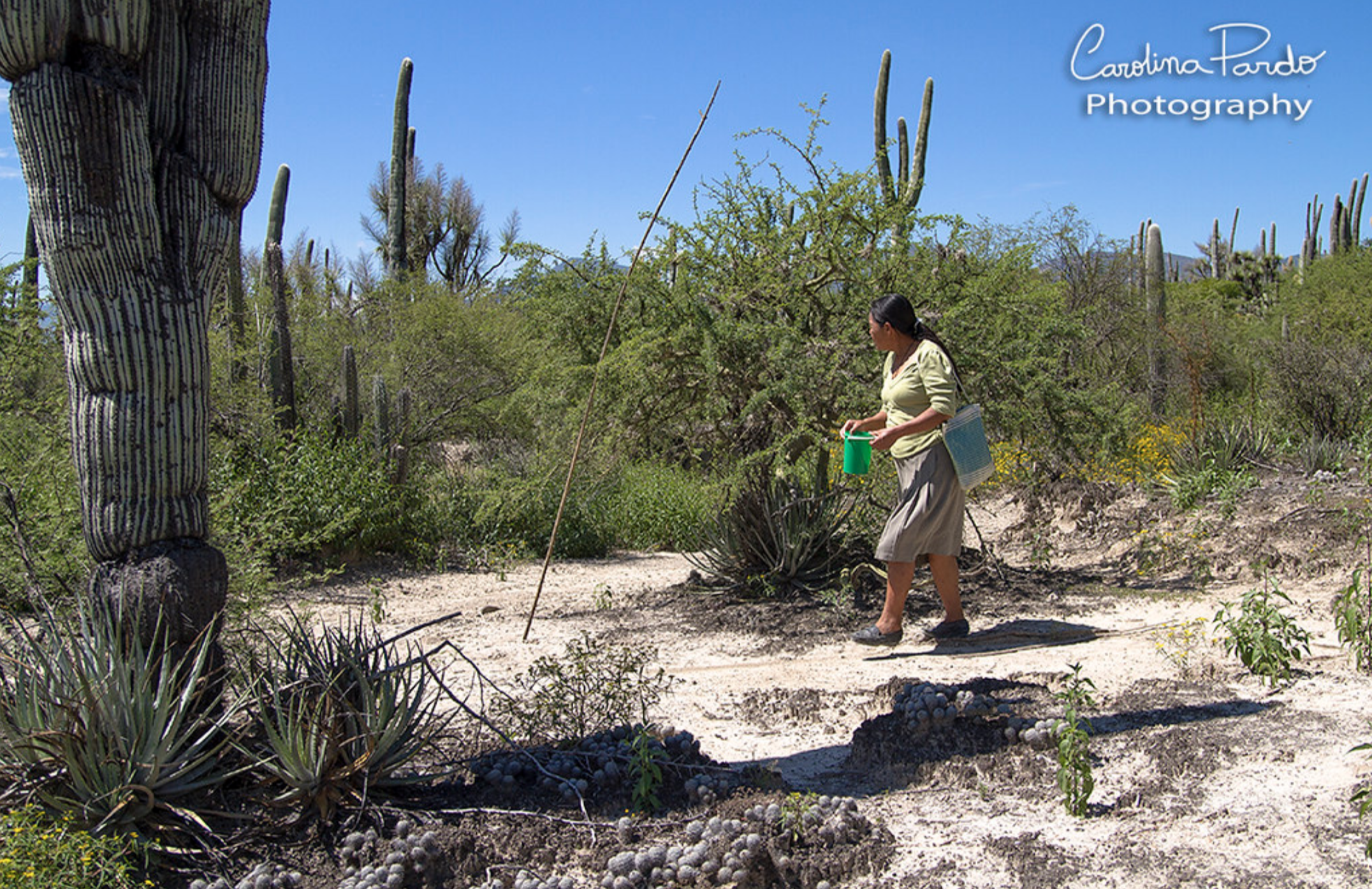 Movement and environment are important things to me. I have discovered that when my body is in movement my thoughts change, the way they connect, the way to arrive to conclusions and make findings. I listen to my body when I need to jump off my seat and dance, stretch or run. I think my imagination and my heart need those physical actions in order to continue their creative process. I think our imagination and body are connected, so I practice yoga to help me be aware of what my body and mind needs. I like to change places to be creative. Sometimes I work in a garden, a forest, the park, walk, swim, and observe how my thoughts and my thinking style changes depending on the light, sounds, people, ground, plants, animals, air, smells, and the energy of the environment.
Movement and environment are important things to me. I have discovered that when my body is in movement my thoughts change, the way they connect, the way to arrive to conclusions and make findings. I listen to my body when I need to jump off my seat and dance, stretch or run. I think my imagination and my heart need those physical actions in order to continue their creative process. I think our imagination and body are connected, so I practice yoga to help me be aware of what my body and mind needs. I like to change places to be creative. Sometimes I work in a garden, a forest, the park, walk, swim, and observe how my thoughts and my thinking style changes depending on the light, sounds, people, ground, plants, animals, air, smells, and the energy of the environment.
I was born and raised in Colombia, South America, and moved to live in the US about 6 years ago. I am a filmmaker and I make films about insects and people — here is a link to the trailer of and more info about my film Mirror Butterfly:
With my films, I want to explore and discover nature from my own perspective and also explore the views of science, traditional and local knowledge, and lately, I am exploring the perspectives of women and children. I have taught film production and animation to teachers, college students, and children for 10 years in my country. Now, I am a teacher of elementary students, I teach colab at the makerspace of Prospect Sierra School in El Cerrito, CA. In my class we learn how to think with our hands; this means we learn to feel different materials, allowing those perceptions to guide our making. That helps us to train our intuition and capacities to think without words, thinking by doing.
I value the cultivation of non-verbal imagination and communication. I think humans have many other ways to feel, think, connect, and dialogue beyond words, it is important to practice those, as they can become “dormant” if we don’t put them in practice. Sometimes verbal language tends to make me search for a single conclusion or to make settlements, definitions, and labels, and if I want to be creative, find new things and make discoveries, I need to be free of those limitants. During this search for non-verbal language, I feel that I am connecting more with my ancestors, and I am decolonizing myself.
I like to fantasize with the life of humans before civilizations and how imagination and communication were developed. I like to wonder if it was full of visuals or smells? Were we able to recall vividly physical experiences and feelings? What people did when they figured out something? How did they record that information? Then, I like to play to be a person without spoken language and listen and see, perceiving my other type of thoughts. With practice, I learned to be fully present with whatever I am observing, and just feel. In that way I can have vivid memories of special encounters with nature, and I can remember when and where I saw a new animal or plant.
What excites you most about your work?
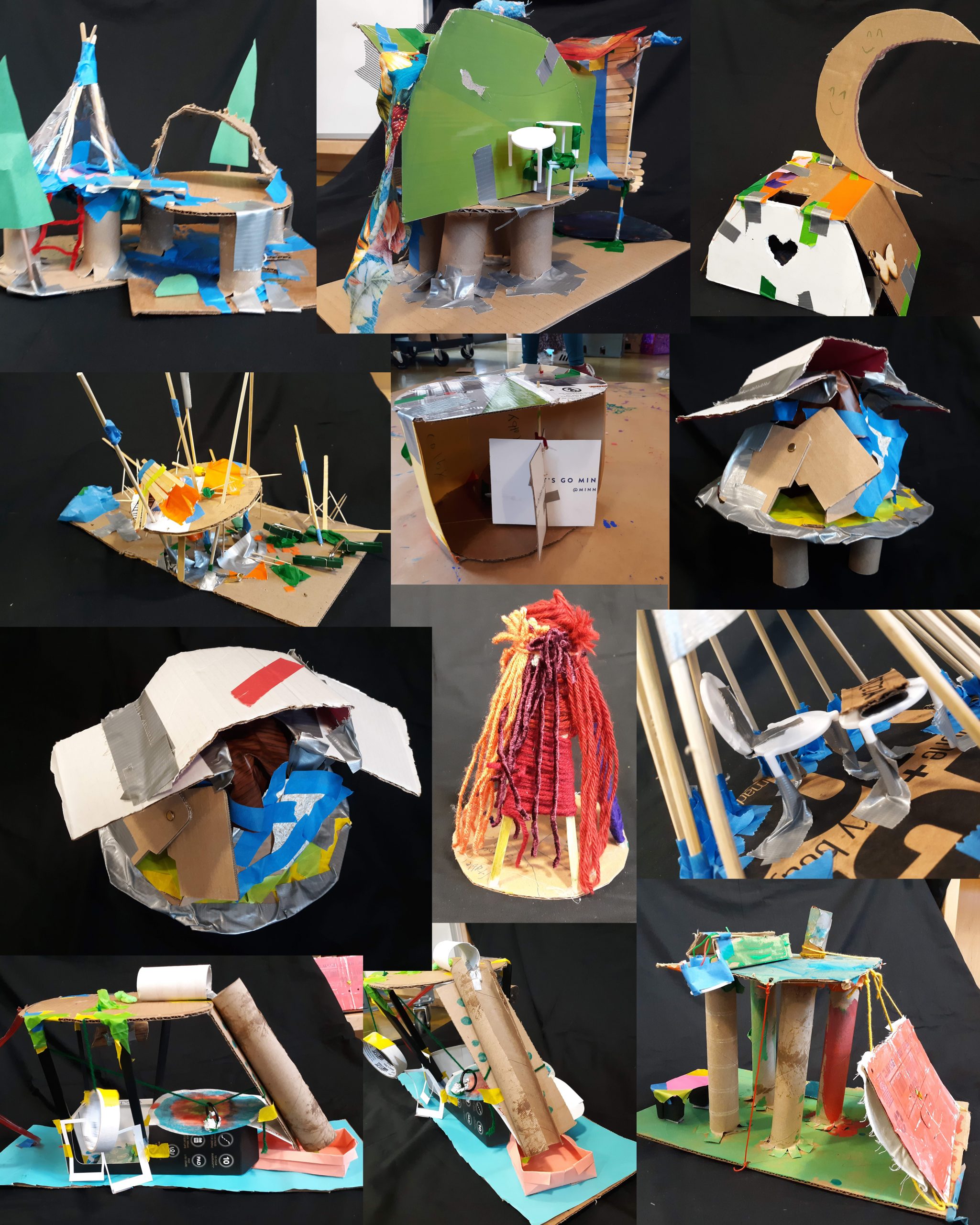 The most amazing thing about teaching to elementary students is to be able to presenciate their imagination and learning process. It brings me a lot of joy to see them discovering and figuring things out by themselves, and sharing their feelings of proudness. I also love to see how their emotions can literally allow them to learn something or not. Sometimes students can be overwhelmed with emotions and their whole understanding and self drive becomes frozen, and sometimes they are so peaceful that they are open to experiment anything without fear. It is also amazing for me to teach to think with the hands, to feel the materials and see their possibilities. I enjoy teaching how to observe the imagination and how to detach from a precise objective allowing us to make discoveries. One of my favorite topics to teach is to love errors, and how these become our best friends for learning.
The most amazing thing about teaching to elementary students is to be able to presenciate their imagination and learning process. It brings me a lot of joy to see them discovering and figuring things out by themselves, and sharing their feelings of proudness. I also love to see how their emotions can literally allow them to learn something or not. Sometimes students can be overwhelmed with emotions and their whole understanding and self drive becomes frozen, and sometimes they are so peaceful that they are open to experiment anything without fear. It is also amazing for me to teach to think with the hands, to feel the materials and see their possibilities. I enjoy teaching how to observe the imagination and how to detach from a precise objective allowing us to make discoveries. One of my favorite topics to teach is to love errors, and how these become our best friends for learning.
Why do you make?
I make because I am, my body is designed to transform matter, I have hands and senses, I can produce sounds, make music, make instruments or food. I grew up being conscious of the power of hands. I liked to observe musicians playing, people cooking, woodworking, cultivating, harvesting, typing, painting. All hands have different shapes, strengths and skin textures, each person’s hands are unique, and at the same time each person thinks and feels different. I make to discover myself.
I make because making allows me to sharpen my intuition. It is a way to wonder, and formulate hypotheses of how things may work. Making makes me feel that I can be an artist and a scientist at the same time.
Making is for me a way to feel powerful. When I make I feel that I am giving possibilities to myself to transform reality, to create things that didn’t exist before. I feel I am helping, as I can supply mine and some else’s needs. I feel connected to others who share interest with me, because I can innovate on things that they have created before. When I make my films, I research about naturalists around the world and through history, who have looked at insects and written their observations, stories and poems, and I feel connected to them when I use their knowledge and vision to create a film. I love filmmaking because it is collaborative, and it connects the perspective, creativity and problem solving of one to another in the team. I love to make films about nature because I collaborate with professionals from other disciplines and with people who holds local and traditional knowledge too.
I make to change the world, to communicate ideas with my films about the way people love and care for nature. Here is a link to a portfolio with my other projects.
What dreams do you have for young people?
My dream is: young people become more secure of themselves and not be afraid of mistakes. Not be afraid of critique, and not be afraid of giving and receiving hugs, or to say I love you. I want them to become emotionally and mentally strong. I dream for youth a world that redefines race and racial differences, and celebrates diversity. I dream we forgive the others who have hurt us, and hug them, building a new present and future full of joy.
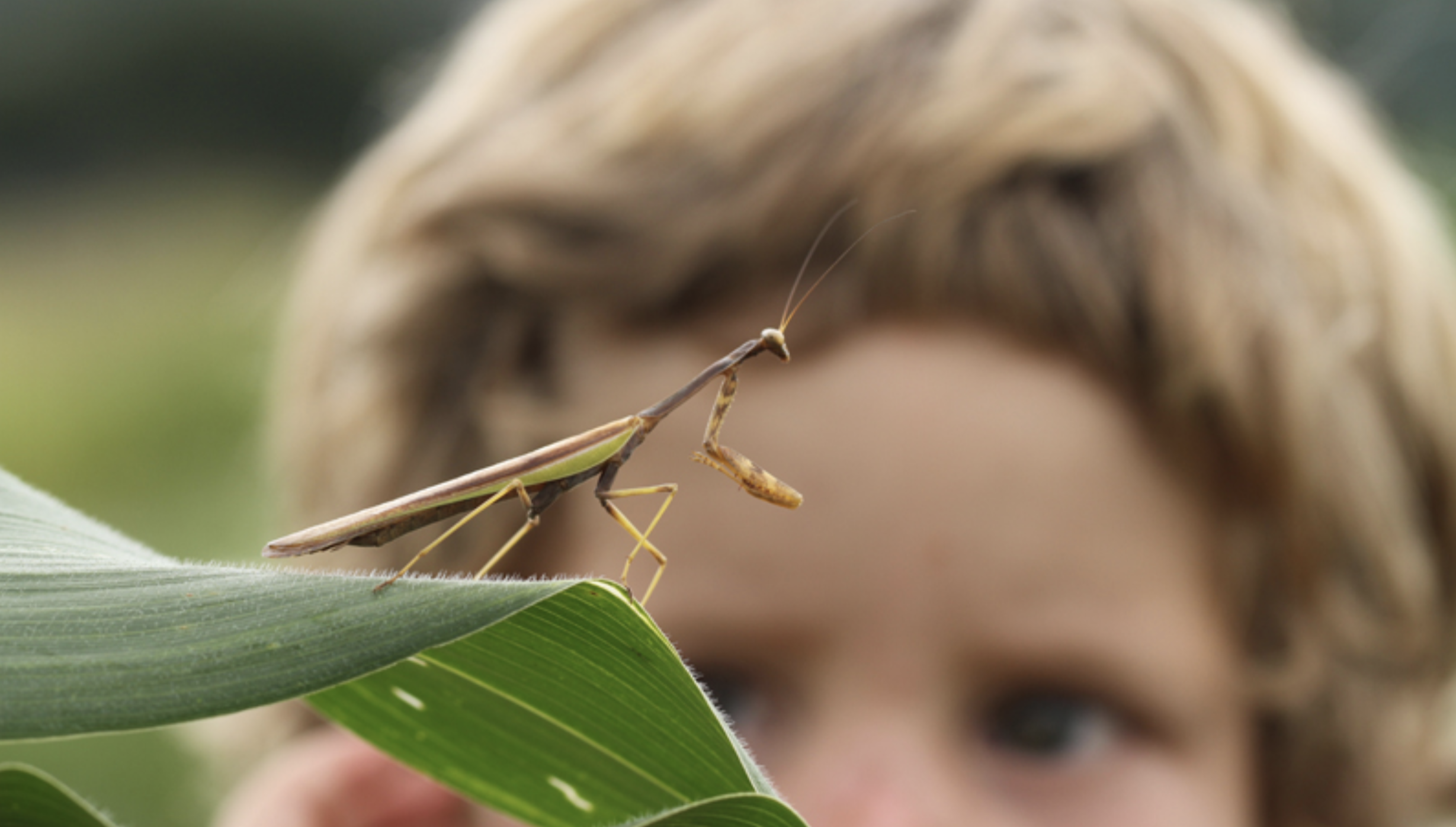 I dream that young people around the world have equality of rights for living healthy and safe. I dream that young people can make their voices be heard and keep their love for kindness, discovery and learning as they grow up.
I dream that young people around the world have equality of rights for living healthy and safe. I dream that young people can make their voices be heard and keep their love for kindness, discovery and learning as they grow up.
I dream of young people having access to absolutely free high quality education that supports them to grow mentally strong and compassionate. I dream for young people to count with loving teachers, because I think we learn from people’s expressions, actions and attitudes towards life challenges, not only from the knowledge they can transfer to students. I dream for them a world and education system free of corruption led by people with free spirits detached of greed and power. I dream of all research done becoming Open Access publications available for all, and valuable knowledge about health and nature becoming accessible in all languages for all people.
I dream for young people that they can develop a feeling of belonging to their families, communities, countries and human race, developing values of brotherhood and solidarity, and always enjoying the feelings of giving and sharing.
If you could share one word of advice to give to other educators, what would it be?
Each student has their unique thinking and learning styles, each has different expectations and previous knowledge, give them the opportunity to discover their true selves through activities that allow them to explore their senses and express their emotions. Make the learning experience memorable by making it full of positive emotions, once in a while change the regular environment of your classroom for something fun, messy, and loud. Let the students correct you, help you, and demonstrate that you are learning too. Listen to their ideas, make the projects they propose and are feasible, and teach them to reflect, to observe their learning and imaginative process, talk about it, write about it.
I also think that teaching complexity is crucial, to understand how life is woven is essential for students to see that life is full of possibilities, things are not black and white, people are not only male or female, people are neither black, brown, or white. By learning to enjoy cultural diversity, biodiversity, all kinds of diversity, we get closer to enjoying life more and living in a world with more peace.
Are there other makers and/or educators in your community whose work you’d like to promote?
Yes, there are many. Here are some I have worked with and I admire:
- Carlos Bonil is a Colombian artist who makes sculptures and machines out of electronic waste and plastic.
- Armando Espinoza is a musician and traditional instruments maker, he lives in Kansas.
- Andrés Vilá is a Colombian educator who teaches sound electronics and is a synthesizer maker.
- Antonio Cerdan is an animator who lives in Toronto and creates films for kids.
